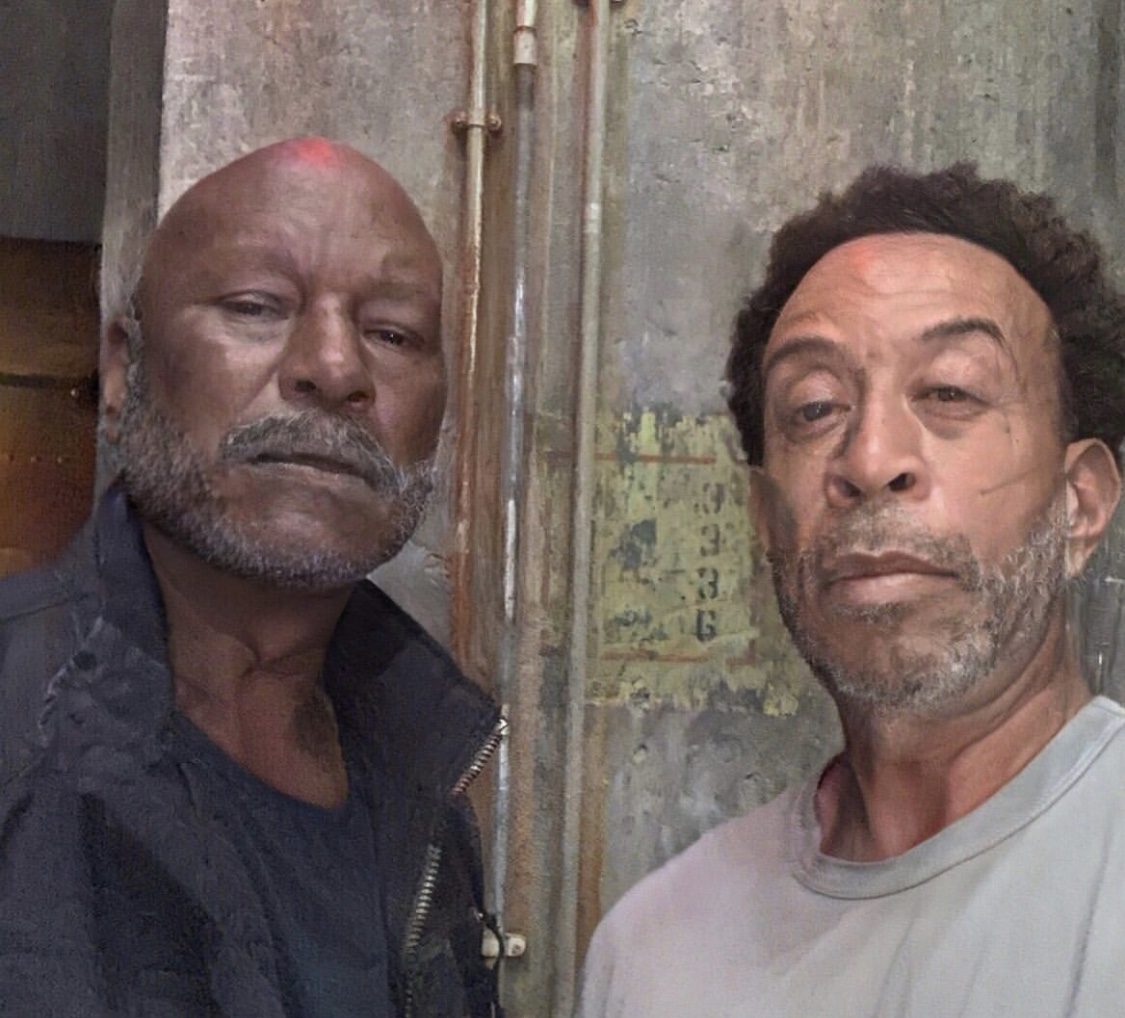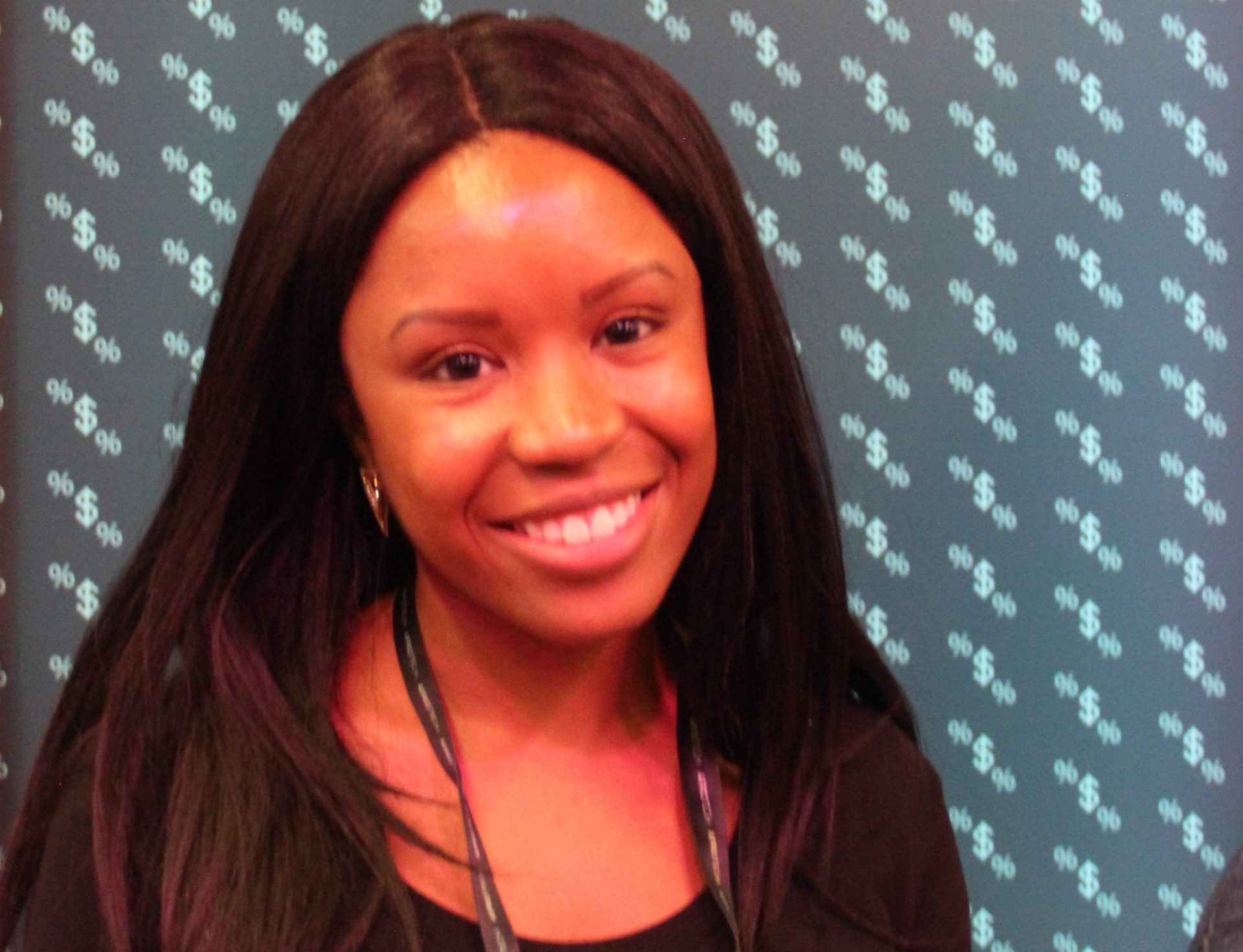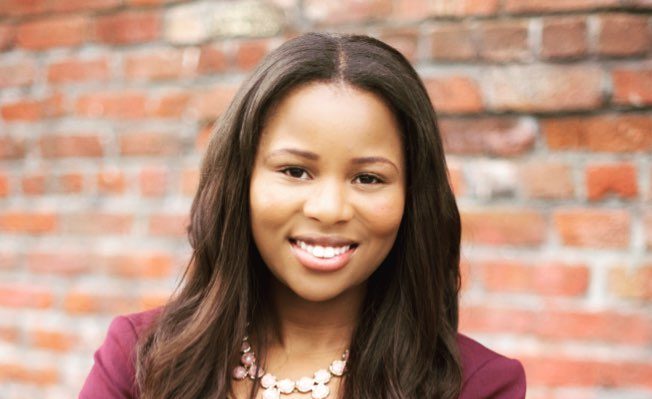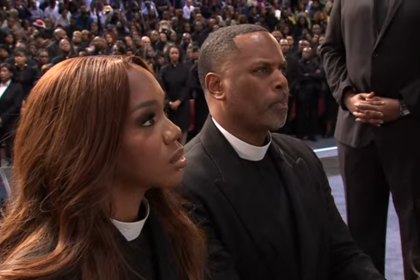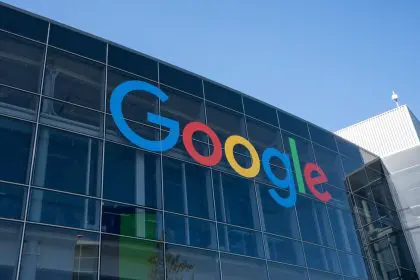
Stephanie Lampkin, despite an engineering degree from Stanford and five years working at Microsoft, was turned away one time too many from computer science jobs for not being “technical enough.” Lampkin responded by creating Blendoor, an app she hopes will be a game changer in the tech industry.
“Blendoor is a merit-based matching app,” Lampkin said in a recent interview with Tech Insider. “We don’t want to be considered a diversity app. Our branding is about just helping companies find the best talent, period.”
Set to take on deeply ingrained myths ascribed to applicants by hiring managers upon its June 1 release, Blendoor hides applicants’ race, age, name, and gender, matching them with companies based on skills and education level.

“Most people on the front lines know that this is not a diversity problem,” said Lampkin. “Executives who are far removed [know] it’s easy for them to say it’s a pipeline problem. That way they can keep throwing money at Black Girls Code. But, the people in the trenches know that’s b——-. The challenge is bringing actual visibility to that.”
Data, not donations, will bring substantive changes to the tech industry.
“We can tell a Microsoft or a Google or a Facebook that, based on what you say that you want, these people are qualified. So this is not a pipeline problem. This is something deeper.”
Some companies report that there simply aren’t enough qualified women and people of color applying for these positions. Others, however, have a complex issue of racial bias to address.
“They’re having trouble at the hiring manager level,” Lampkin says. “They’re presenting a lot of qualified candidates to the hiring manager and at the end of the day, they still end up hiring a White guy who’s 34 years old.”
Hiring managers who consistently overlook qualified women and people of color may be unconsciously acting on attitudes, stereotypes, and cultural norms about different types of people. Based on results of a 2004 American Economic Association study, “Are Emily and Greg More Employable Than Lakisha and Jamal?”; Google uses two simple facts about human thinking to help its staff understand this phenomenon:
1. “We associate certain jobs with a certain type of person.”
2. “When looking at a group, like job applicants, we’re more likely to use biases to analyze people in the outlying demographics.”
Hiring managers, without even realizing it, may filter out people who don’t look or sound like the type of people they associate with a given position. The Blendoor team is looking to change this way of thinking far beyond the June 1 release.
“Our goal is to become a de-facto recruiting standard in a world where we’re no longer talking about the need for diversity,” Lampkin explained. “And my mission is to demonstrate that homogenous environments are not pure meritocracy. And showing the world that really great people come in all shapes and forms.”



